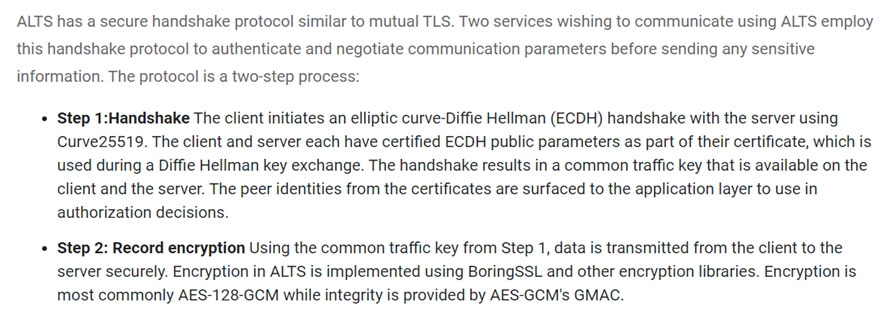A developer is creating a new mobile application for a company. The application uses REST API and TLS 1.2 to communicate securely with the external back-end server. Due to this configuration, the company is concerned about HTTPS interception attacks.
Which of the following would be the BEST solution against this type of attack?
